Steel pipe piles are common in the construction industry and are mainly used in foundation engineering or bridge engineering
What are steel pipe piles? Steel pipe piles are made of steel plates
Steel pipe piles are made of
welded steel pipes, spiral welded . They are used for deep foundations and for transferring the load of buildings and other structures to deep underground soil layers. They help resist load pressure by allowing point bearing and surface friction. Steel pipe piles are driven into place with plates or points and can be closed-end or open-end. Some steel pipe piles are filled with concrete to maximize strength and bearing capacity. Sometimes, larger and thicker pipe piles are more cost-effective than filling smaller and thinner piles with concrete. Steel pipe concrete piles are a composite pile with unique advantages and are an alternative to traditional piles.
Do steel pipe piles need to be filled with cement?
When building steel pipe piles, reinforcement is often required, and people will think of filling with cement at this time. In fact, depending on different factors such as design drawings and soil conditions, some steel pipe piles need to be filled with cement, while others do not. Generally speaking, if its bearing capacity does not meet the design requirements, it needs to be filled with cement. In addition, since the quality of the steel pipe pile material itself is good and can prevent ground collapse, when choosing cementing, you can be flexible and choose the most appropriate protection and reinforcement method. In short, whether cementing is needed should be determined according to the specific conditions and requirements during design and construction. This should take into account relevant factors such as soil stability, building deadweight, and geological characteristics of the construction area.
What is a concrete-filled steel pipe pile?
Concrete-filled steel tube (CFST) is a composite building material that is widely used in various critical engineering applications, such as giant buildings, underground tunnels, long-span bridges, and offshore structures. Specifically, when used as a composite pile, a concrete-filled steel tube pile consists of an inner concrete column wrapped in an outer steel tube. The outer steel tube plays the role of providing external reinforcement and protecting the inner concrete column from potential damage. In addition, it improves the durability of the pile foundation in harsh environments and ensures a longer service life. In turn, the inner concrete column contributes to local stability and improves the buckling behavior of the outer steel tube, while also providing compressive strength. Concrete-filled steel tube piles take advantage of the mechanical advantages of both materials. Compared with traditional piles, CFST piles have the advantages of high compressive strength, good seismic resistance and high ductility. In addition, the construction method of using
steel pipe pile as the concrete pouring frame prevents mud from leaking into the ground cracks, making CFST piles an economically and ecologically superior alternative to traditional cast-in-place piles.
In many real-life transportation projects, CFST piles are the preferred support system for bridges for the following reasons:
(1) The steel tubes are used as formwork for pile columns
(2) The steel tubes can be used for driven foundations (smaller diameter to thickness ratio) or bored foundations (larger diameter to thickness ratio)
(3) The steel tubes have a high level of restraint capacity and can withstand large deformations, which is important for good seismic performance
(4) The system has a lower environmental impact than traditional substructure elements that require larger cofferdams
(5) Construction is simplified because the steel tubes act as "piles" below the soil surface and "columns" above the ground.






 English
English Español
Español بالعربية
بالعربية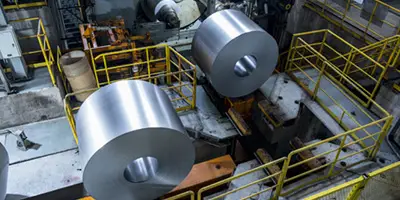
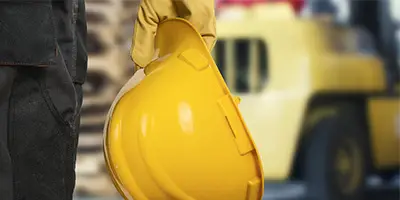
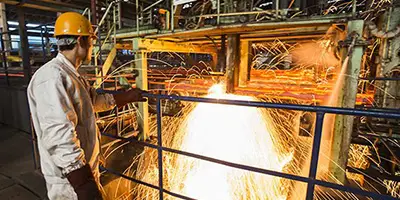
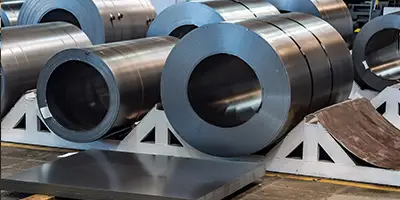

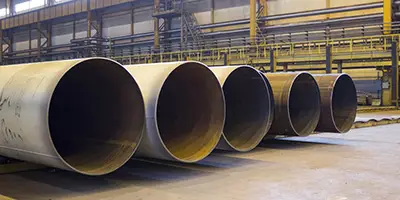
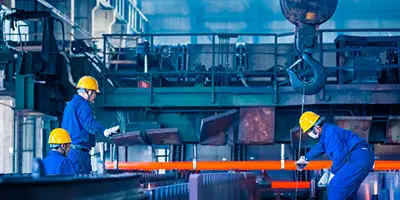
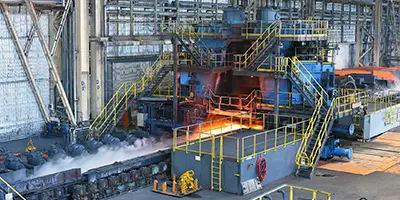
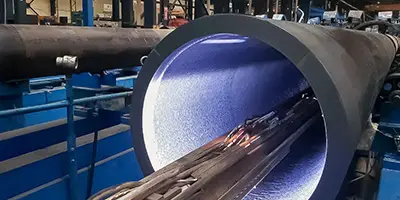
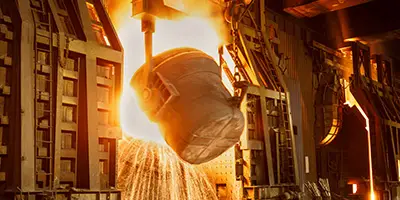
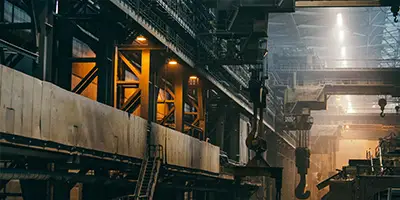
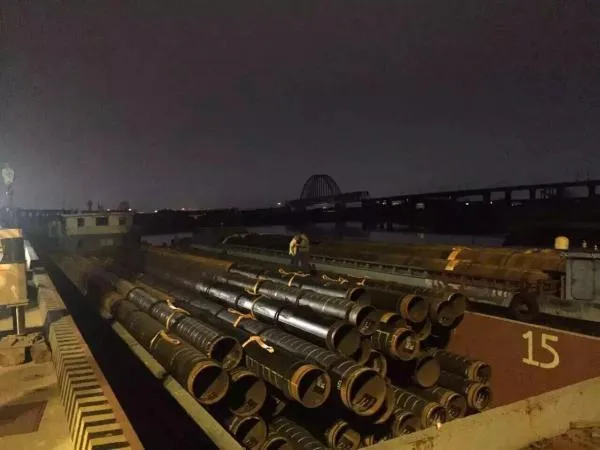
 Phone :
Phone :  Whatsapp :
Whatsapp :  Email :
Email : 


